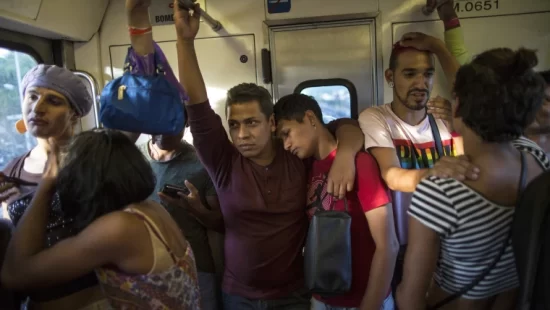Last Saturday, the calm in the Tuxpan prison in Veracruz was shattered by a violent riot that culminated in tragedy.
The confrontation, which left seven inmates dead and 11 injured, has once again highlighted the serious crisis facing penitentiary centers in the state and the country. The chaos broke out amid disputes between rival groups over control and extortion, according to a report from the Veracruz Public Security Secretariat.
However, what the Veracruz government is hiding is the collusion they have with the Grupo Sombra, also known as the Veracruz Mafia group. Some of the rioters mentioned this in a video posted on the social media platform X. They even mentioned that the order to execute teacher and taxi driver Irma Hernández Cruz came from the prison. This contradicts Governor Rocío Nahle’s version that the woman died of a heart attack. Some of our informants have even verified that the teacher was tortured and executed.
Meanwhile, tensions escalated rapidly inside the prison, with fires and clashes that generated anguish among family members who were in the vicinity, who feared the arrival of emergency services and forensic experts.
The riot in Tuxpan is not an isolated incident. Authorities attributed the conflict to internal conflicts, pointing to the “Grupo Sombra” as responsible. The situation underscores the influence criminal organizations have within prisons, turning them into centers of operation rather than rehabilitation.
However, behind the prison doors, accusations point to a deeper web of corruption. Testimonies from inmates and former guards suggest the complicity of officials in extortion and abuse, which has generated a “regime of terror” and facilitated the operation of these criminal groups.
Following the riot, the intervention of state and federal forces and human rights organizations managed to restore order. The alleged perpetrators were transferred to other prisons, but uncertainty and tension persist.








